Most Popular Cattle Breeds In The World
You are in the correct spot if you think about starting a cattle breed. Catteles are domesticated large and widely kept as livestock. Choosing the proper breed of cattle is essential to your business. Furthermore, you should make sure you invest in the correct forms of cattle because you will be investing both time and money on these animals. We’ll help remove some of the confusion from selecting the best breed of cattle for the farm in this post.
However, before selecting a cattle breeds from a variety of choices for your farm, don’t forget to set objectives and create a plan. You’ll be more educated the more you study and conduct research, visit breed association websites, and converse with neighbors about the types of cattle they use as agricultural products.In this process, there are many details and cattle breeds to take into consideration. The majority of our discussion will focus on breed information, but there are a few other essentials to consider when selecting a breed of cattle.
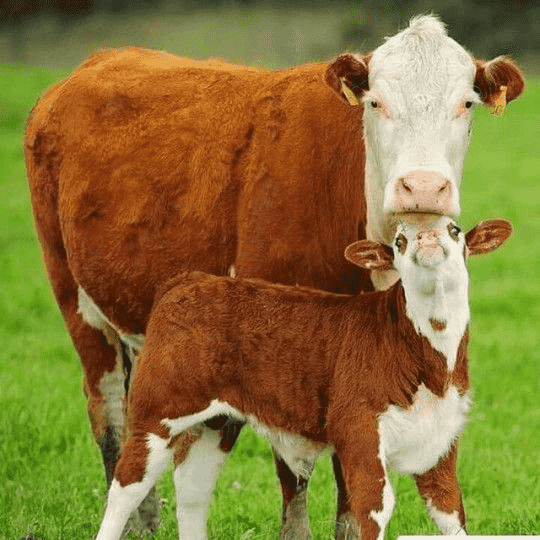
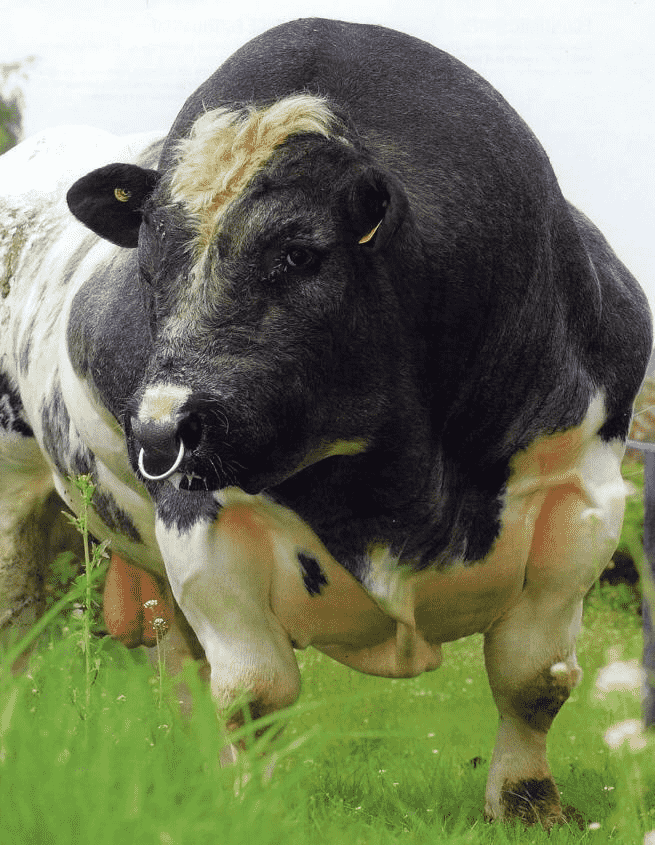
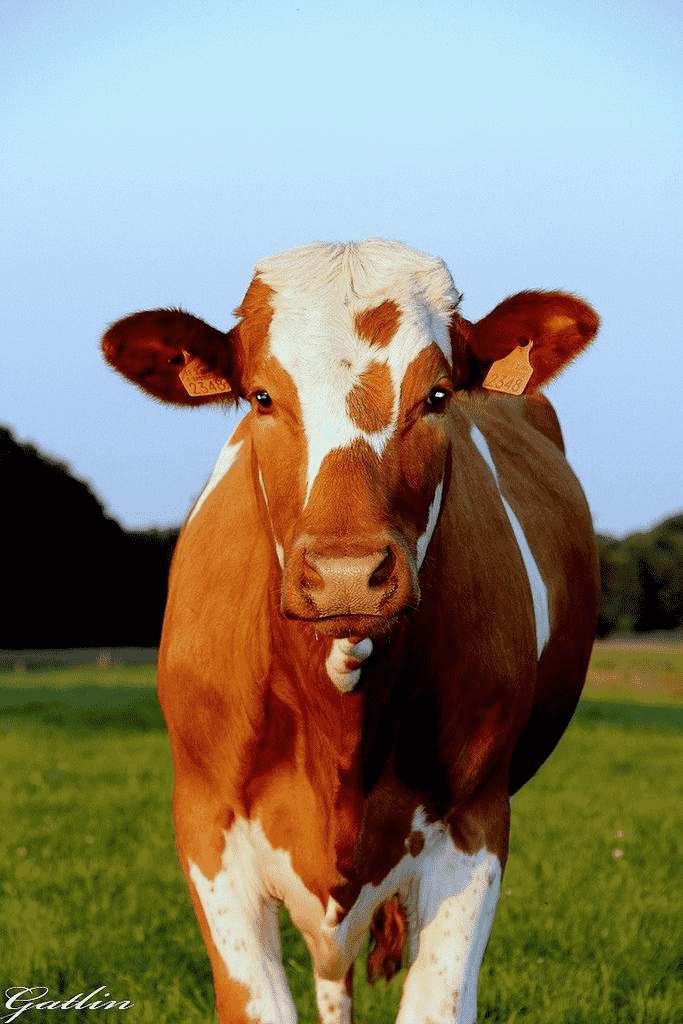
How to choose the right cattle breeds?
- The goals affecting yield and production
- Set aside money for purchases and daily charges.
- Goals for earnings and revenue
- breeds necessary for your climate
- Land and grazing area needs
- Feed & other operating costs
- Management and breeding ease of use
- Accessibility of genetic material
During this process, there are numerous other logistical and financial considerations to take into account and balance. We recommend making investments sensibly and taking your time. This page will discuss the various kinds of cows, their breeds, particular breeds of beef cattle, and other associated subjects. Let’s start by looking at some of the most desirable cow breeds that you might want to think about.
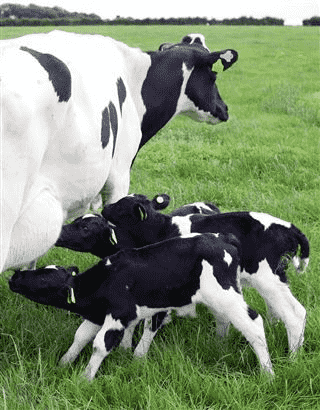
Angus Cattle
Although historically considered an unusual or undesirable cattle breeds, angus has since grown into one of the greatest beef cow breeds. A mature cow weighs approximately 1,200 pounds, whereas a bull weighs approximately 1,800 pounds.
Either completely black or completely red could make up the peculiar area of white that appears directly beneath the navel scar. When it comes to generating beef, they are a dependable breed of cow.
cozy Strong, medium-sized Angus cattle are well-known to produce a lot of meat. They usually get crossed to improve the quality of the meat and milk. Because of its marbling, its flesh fetches higher prices in the cattle market. Their white fat and red, thin flesh are very beautiful.
Their personality types of cattle breeds vary from one another. They need a little protection and hate heat, but they are resilient, flexible, prolific, easily accessible, and frequently command higher prices at the point of sale market.
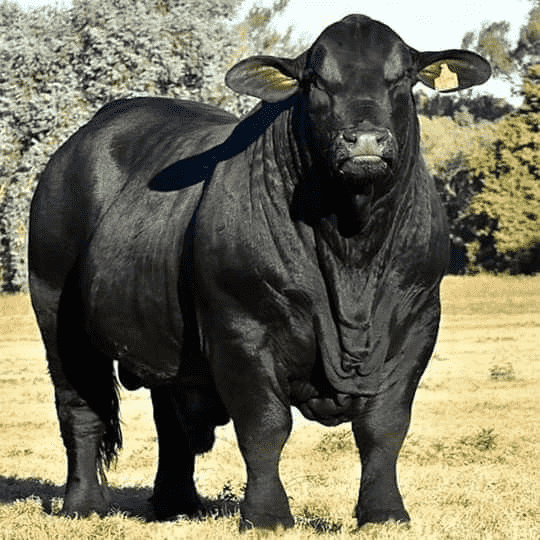
Hereford
A friendly and informal cattle breeds among other breeds of cattle is the Highland cow. Their meat is popular. Hereford cows are easy to care for and nearly feel like pets due to their white faces and laid-back attitudes. A mature cow weighs generally 1,200 pounds, and a mature bull may measure up to 1,800 pounds.
Herefords adapt well to a variety of pastures, circumstances, and diet. They usually develop rapidly, have high rates of fertility, are easy to breed, and are calm in general. Hereford cattle are known for producing high-quality beef with excellent marbling and a high fat percentage. They endure each extreme of heat and cold very well.
This cattle breeds coloring can sometimes make them need a little sunscreen. They are not affordable and can be impossible to find at times, but when you can find them, they are an excellent choice.
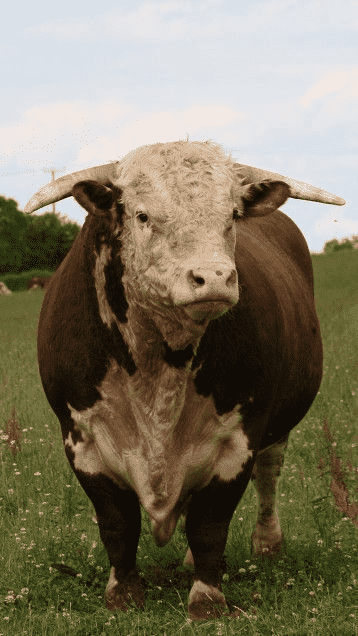
Holstein Friesian
The Holstein Friesian, commonly simply known as the Friesian, is a popular cattle breeds of cow that was first used on dairy farms in Europe. Mature cows weigh about 1,300 pounds, while mature bulls weigh approximately 2,500 pounds. Their characteristic pattern of red and white or black and white colors makes them easy to identify.
They are renowned for making quality milk, butter, and meat. These cheap cows are easily obtainable in the surrounding locations. They are easy to milk and mature swiftly. Most calves weigh about ninety pounds when they are born. A Holstein can produce fruit for almost six years of its life. 500 pounds of butterfat, or 500 pounds of butter, and little more than 17,000 pounds of milk
This cow might need a lot of upkeep. Therefore, we suggest learning more about this breed. Because of their high milk supply, it has been reported to require extra feed to suit their dietary requirements.
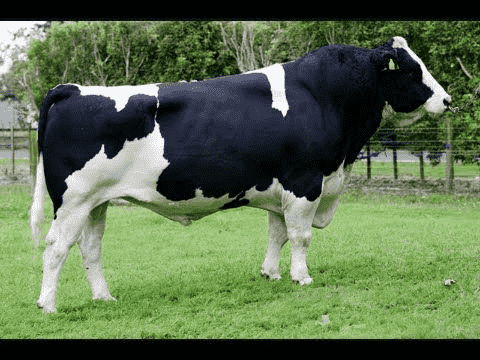
Charolais
One of the best French cattle breeds for raising cattle is the Charolais. They produce lean, tender meat, develop quickly, and can endure most conditions, but they can also have calving problems and require a little extra care.
Their silences are usually pink and white. These beef cattle breeds have broad frames and range in size from medium to giant.
The usual weight range for an adult female cow is 1,250–1,600 pounds, whereas the typical weight range for a mature bull cow is 2,000–2,500 pounds.
The Charolais breed produces great milk. Their breed has grown quickly, and farms with excellent feed rates for conversion are ideal for them. Charolais adapt well to an extensive range of diets and are easy to fertilize.
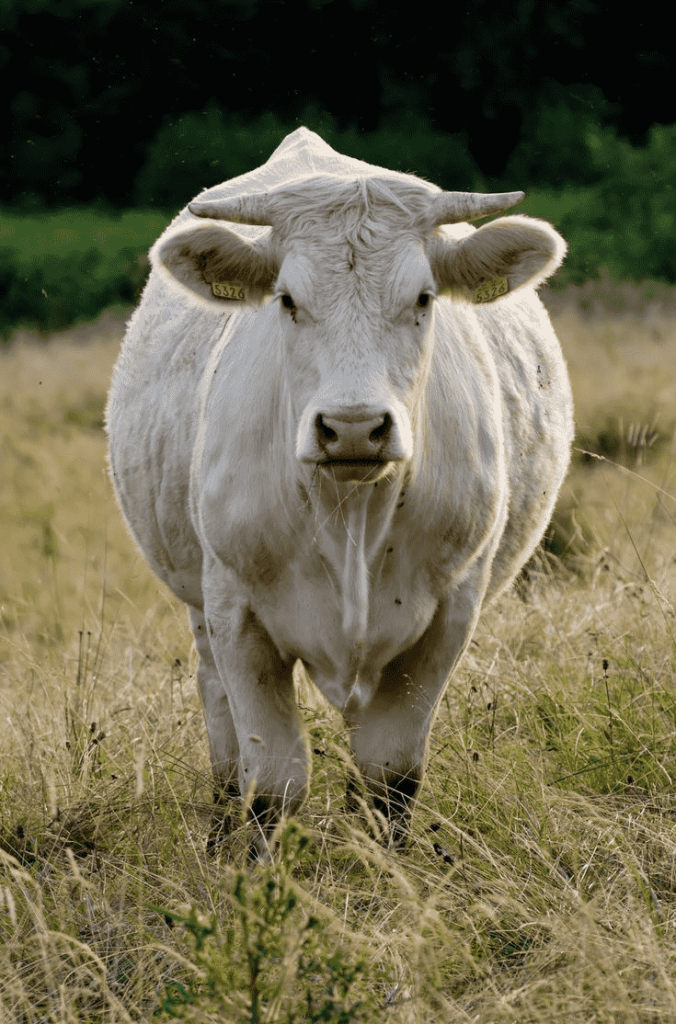
Galloway
Although they were historically known to be milked and used for their skins, galloways, sometimes known as belted galloways, usually serve as beef cows.
Although they can be red in color, Johnston cattle are mostly black in hue. Due to its poor milk production, this medium- to large-sized cattle breeds is mainly renowned for producing meat. On average, bulls weigh approximately 770 pounds, while cows determine roughly 450 pounds.
They are better suited for limited spaces because they are a bit smaller than certain other breeds. They are hornless by nature and can adapt to any kind of climate. They eat invasive plants, calve easily, and can live to be 15 or 20 years old. They also have rich butter and generate lean, low-fat meat. They are slow to grow, have a known dislike of dogs, and in certain areas, humidity can become a problem.
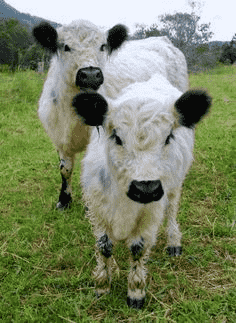
Simmental
The Simmental is a laid-back dairy or beef cow. Its huge frame makes it nearly pet-like if provided the right training. Worldwide, simmental cattle are bred for their excellent production of beef. Bulls can weigh up to 2,800 lbs, and cows can weigh about 1,700 lbs.They develop quickly, are manageable, and have excellent feed conversion rates.
They are an excellent cattle breed for producing meat since they are extremely adaptable and durable. They generate a good amount of red meat with little to no waste fat because they are hefty, well-muscled animals. They are easy to calve, have a high fertility rate, may live quite a long time, allow for a brief period between giving birth, and the cows make lovely mothers.
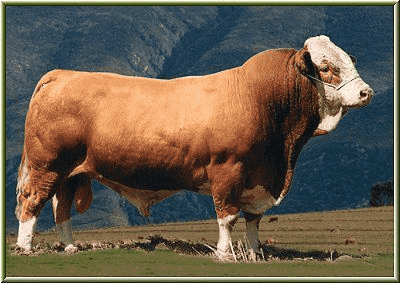
Ayrshire
This cattle breed is now the leading milk producer in the world. Like Goldilocks’ milk, theirs is just right—neither too rich nor too light. If you have the time, this is one of the most significant duties. These animals make powerful hardy and profitable calvers.
Red and white are the two colors of Ayrshires. While most Ayrshires are dehorned while they are young, some can develop horns longer than a foot. Cattle of the Ayrshire breed are medium-sized, with a maximum weight limit of 1,200 pounds. These cattle are highly adaptable and do well in an array of dairy environments, such as milking parlors.
Ayrshires are hardy hunters that can adapt to harsh biological or environmental conditions. They may produce large quantities of butterfat in their milk and have an aggressive personality.
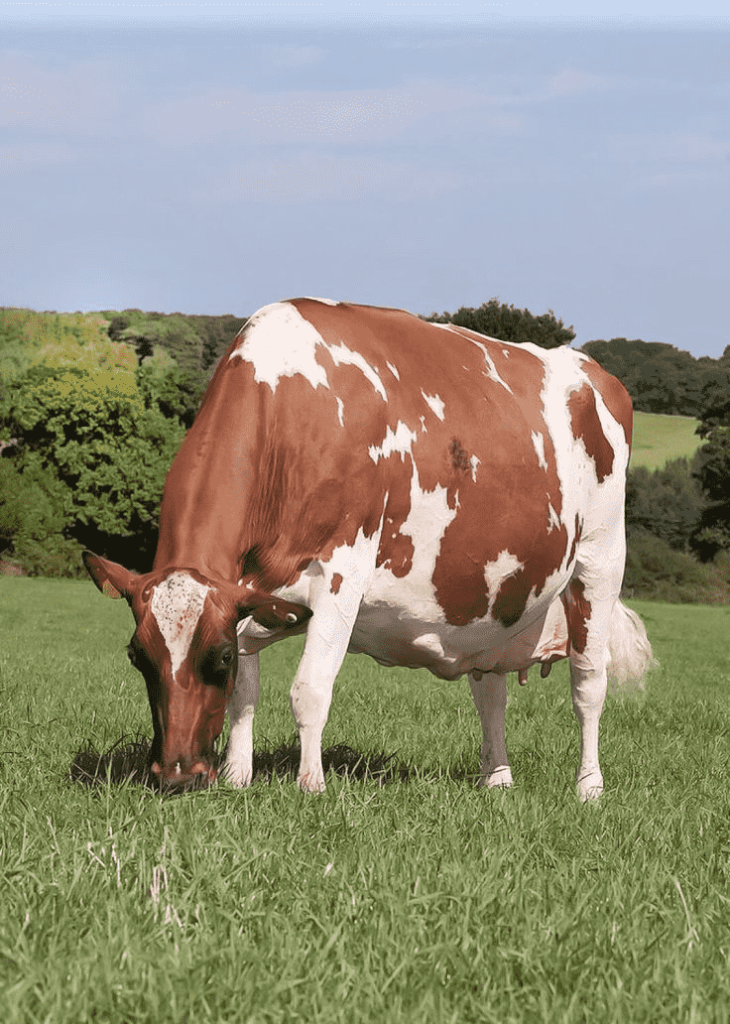
Gelbvieh
The medium- to large-sized Gelbviegh breed was created with both goals in mind.
They have excellent udders and milking ability and were originally created for both milk and meat production. They are a breed of medium-to large-sized cattle with above-average muscularity, usually colored black or reddish-gold.
This cattle breeds is very adaptive and has a high heat tolerance, making it suitable for harsh conditions. They range in size from medium to large, are peaceful, gentle, and generally quiet. They are known to having the greatest ribeye-muscle area of any breed and to produce meat cuts of exceptional quality. Additionally, they yield large weaning weights.
Gelbvieh develops a little more slowly.
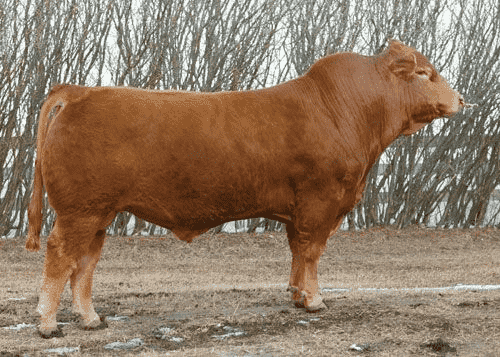
Milking Shorthorn
Shorthorns have become known for their simple language usage and physical characteristics. They were made in Britain ever since the Roman era. It’s a fantastic way to crossbreed meat and produce dairy.
They mature early, live long, productive lives, and are efficient feed-to-milk converters. Mature cows and cattle breeds have different weight ranges. The average weight of a mature cow is 1,200–1,400 pounds. Their coats are available in red, white, or a combination of the two hues. They give birth quickly and produce huge quantities of milk.
They are a collected cattle breeds that does well in a variety of conditions. Similar to other varieties of dairy cows, shorthorns were originally bred for both meat and milk. 3.8% fat and 3.5% protein.
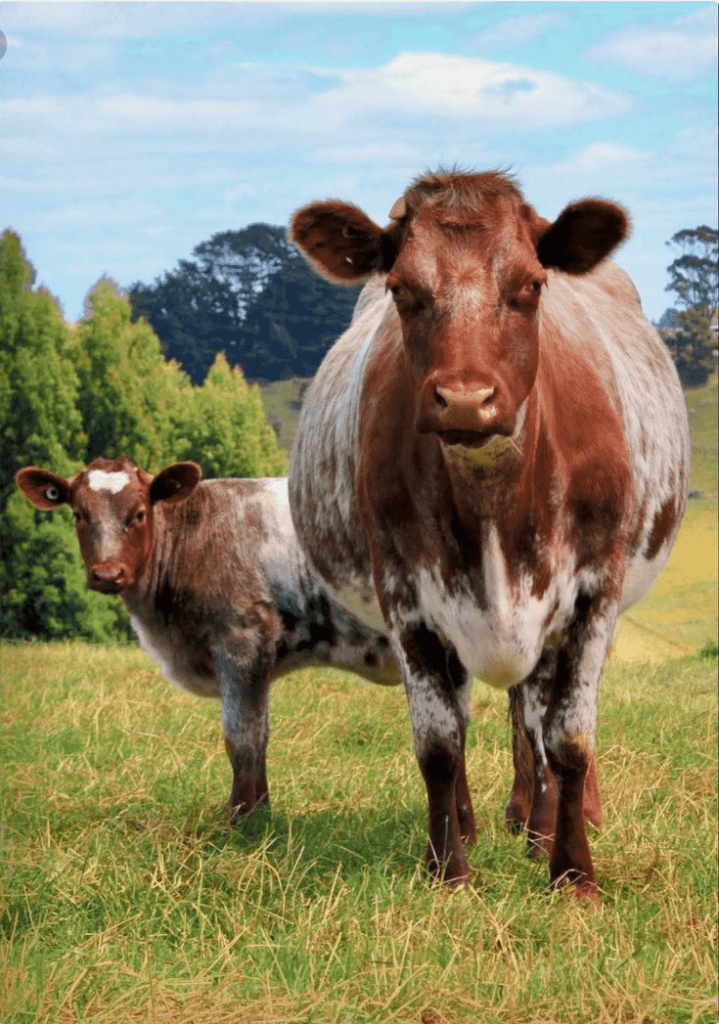
Brown Swiss
Brown Swiss are famous for producing more milk than any other meat cut. They produce amazing butter and are exceptionally tough and loyal. This cattle breeds are huge and have long lives.
A mature bull weighs about 2,000 pounds, and a mature cow weighs between 1,300 and 1,400 pounds. Because of the better milk’s high protein content and the considerable amount of fat of its butter, brown Swiss is frequently used by dairy farmers.
Cheese makers place a high priority on the substantial amount of protein and high volume content of milk. Brown Swiss have one of the best fat-to-protein ratios of any cattle breeds of dairy cow, which is advantageous when creating various types of cheese Brown Swiss are supple, robust, resilient, and excellent breeders.
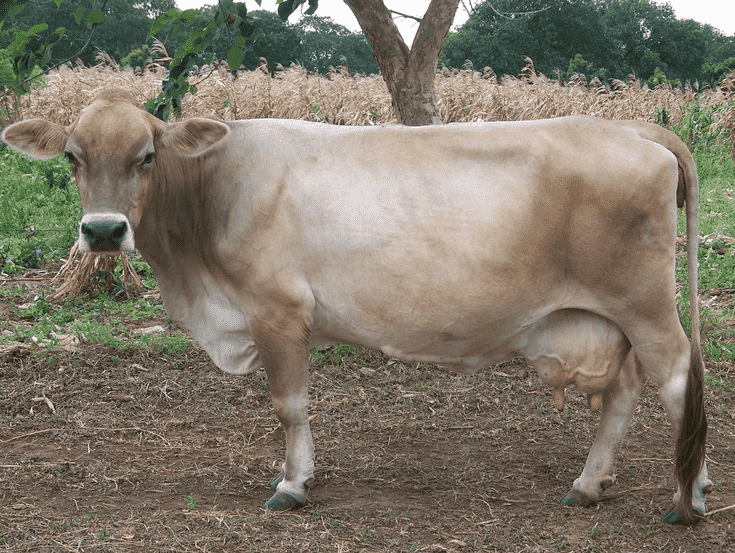
Holstein Friesian
Large dairy cattle breeds of the Holstein-Friesian breed are native to northern Holland and Friesland. Its big size and well defined, not disorganized, black and white dotted markings are its main features. It is estimated that these cattle have been chosen for their dairy traits for roughly 2,000 years. They are highly prized for their capacity to produce milk in the more fertile lowlands of continental Europe, where they have long been widely dispersed. Nine tenths of the milk supply in the United States is produced by Holstein-Friesians, who exceed all other dairy breeds. But there is not a lot of butter fat in the milk.
The Dutch took their cattle with them when they arrived in New York, but the cattle disappeared when the province was given up to the British crown and English settlers arrived with their own livestock. The United States received its first shipment of Dutch goods in 1795, but between 1879 and 1887, the country imported the biggest number of goods.
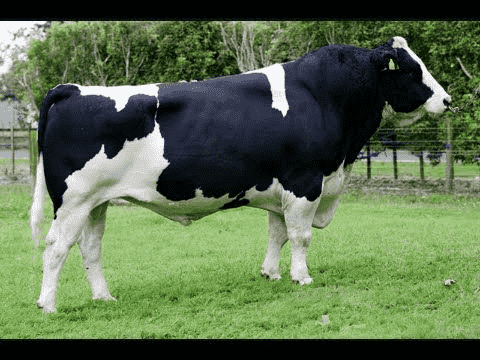
jersey breed
The Jersey breed, a small and short-horned dairy breed that originates from the Channel Island of Jersey, looks to have derived from French cattle. Though richer hues are commonly observed, the jersey’s typical color is fawn or milk. As early as the 1800s, the native breed was acknowledged as pure, and in the late 1700s, laws were put in place restricting the importing of cattle into Jersey unless they were meant to be destroyed right away.
Large quantities of Jersey cattle breed have been imported ever since one of the first groups reached England in 1811. The first Jerseys arrived in America around 1850.The jersey is generally available and can be worn in a variety of weather situations. Because Jersey milk has such a high butterfat content, it is popular to cross these animals with native stock to increase the milk’s butterfat percentage.
In countries like Denmark and New Zealand, where butter is a key product, jerseys are very significant. Jerseys are smaller than the other major breeds, and their lack of muscular development and yellow body fat contribute to their lower value as beef. Their main ability is to produce milk with a high butterfat and milk containing solids in an effective way.
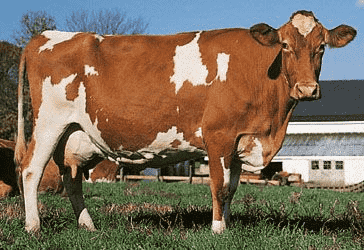
sahiwal cattle
The desert Punjab region, located near the border between India and Pakistan, is where the Sahiwal originated. Professional herders known as “junglies” used to keep them in big herds. But as irrigation was introduced to the area, local farmers started to keep them in fewer numbers; they kept them for dairy and draft purposes.
In Pakistan and India, the Sahiwal cattle breeds is among the best for dairy products. It is heat-tolerant, resistant to ticks, and popular for having a strong resistance against internal and external parasites. During a lactation, cows typically yield 2270 kg of milk when suckling a calf; however, far higher milk production has been experienced.
Due to their durability to heat and large milk production, they have been imported to different Asian nations, as well as Africa and the Caribbean. Since they are typically docile and lazy, oxen are better suited for labor that requires gradual movement.
Their color can vary from reddish brown to a stronger red, with various amounts of white on the underline and neck. The color of a male’s head, legs, and tail gets darker towards the edges.
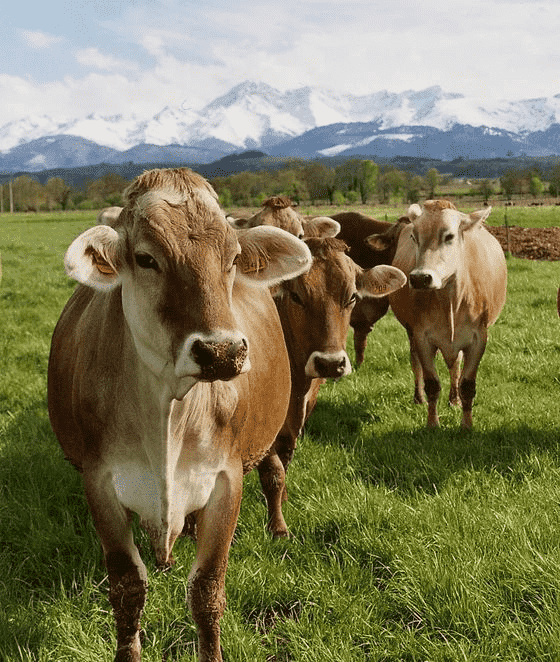
yak
Yaks are short-legged, long-haired, ox-like animals that were most likely cultivated in Nepal. They have been introduced to areas with populations between 4,000 and 6,000 meters (14,000 and 20,000 feet) above sea level, primarily in China, but also in Central Asia, Mongolia, and Nepal.
To differentiate them from agricultural yaks, wild yaks can be considered an individual species, despite the fact that they regularly interbreed with other cow breeds. The bulls of wild yaks can reach a height of two meters at the shoulder and weigh over 800 kg, making them larger than cows.
Because of their long, black hair that is densely fringed over a shorter, brown or blackish undercoat that keeps them warm in temperatures as low as -40 °C, yaks are referred to as “hairy cattle” in Pakistan.
Cultivated yaks are typically more colorful, with white patches being common. The head droops before large, high shoulders, almost like an animal of some sort. Female horns measure 50 cm, whereas male horns measure 30 inches (30 cm).
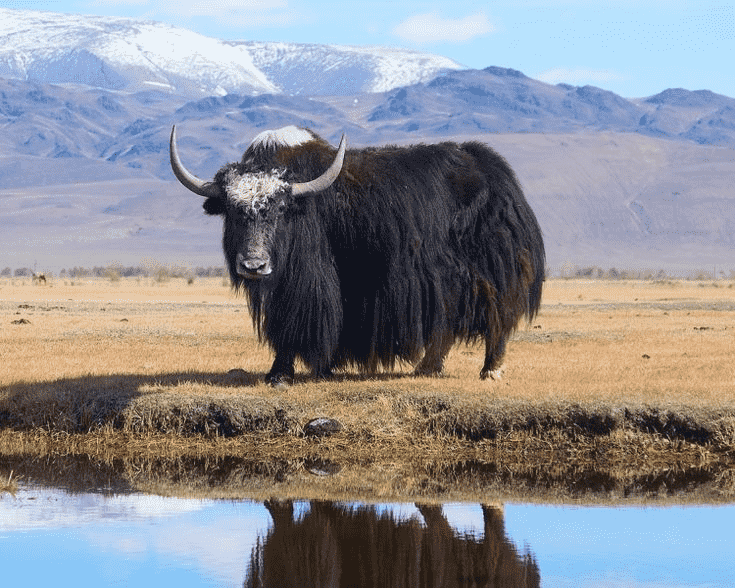
For more details about dogs, visit Dog Breeds
.
